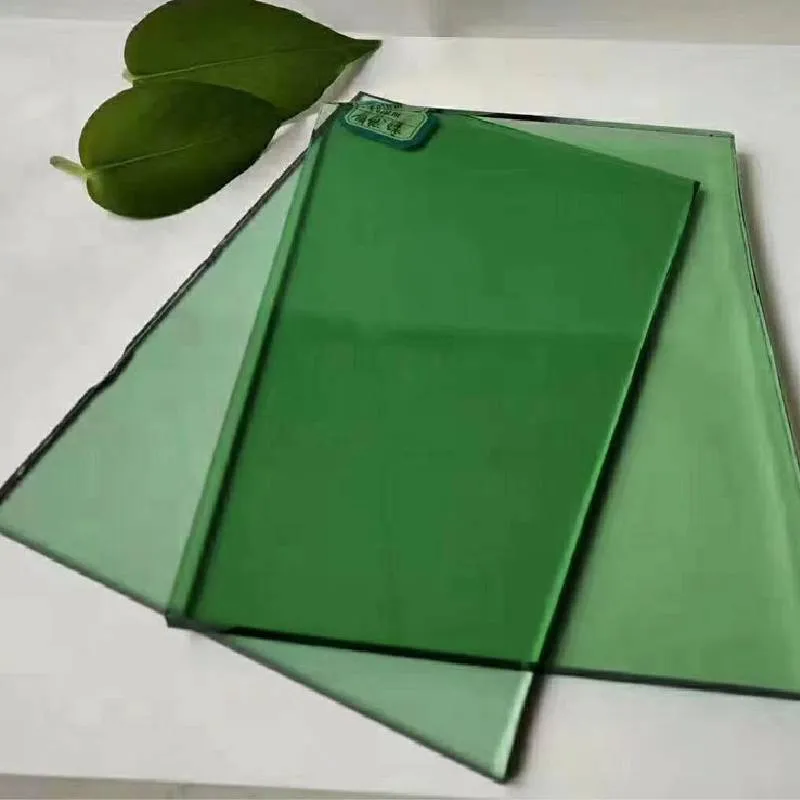Understanding the Types of Obscure Glazing
Obscure glazing is a specialized type of glass used in various architectural and design applications. This glazing is intentionally designed to obscure visibility, allowing for privacy while still permitting natural light into a space. Obscure glazing is often used in residential and commercial settings, such as bathrooms, offices, and conference rooms, where visual privacy is essential. In this article, we'll delve into the different types of obscure glazing, their properties, and their applications.
1. Frosted Glass
Frosted glass is one of the most popular forms of obscure glazing. It is created by sandblasting or acid-etching clear glass, which gives it a translucent finish. This technique diffuses light but prevents clear visibility through the glass. Frosted glass can be used in interior doors, windows, and partitions, making it ideal for bathrooms and office spaces where privacy is required without sacrificing natural light. Its aesthetic appeal and the variety of finishes available make it a versatile choice in modern design.
2. Textured Glass
Textured glass features a patterned surface that can be fabricated in a variety of designs, from subtle ripples to bold geometric shapes. Like frosted glass, textured glass allows light to pass through while obstructing clear vision. It adds visual interest to windows and doors and can be used creatively in both exterior and interior applications. This type of glazing is often found in shower enclosures, sidelights, and storefronts, where it serves both functional and decorative purposes.
3. Obscure Laminated Glass
types of obscure glazing
Obscure laminated glass consists of two or more layers of glass that are bonded together with a layer of polyvinyl butyral (PVB) or ethylene-vinyl acetate (EVA). This type of glazing not only provides obscured visibility but also enhances safety and sound insulation. When broken, laminated glass holds together, reducing the risk of injury from shattered glass. This feature makes it a popular choice for commercial buildings, schools, and areas where safety is a top priority, as well as for residential applications like patio doors and window units.
4. Wire-Glass
Wire glass is a type of safety glazing that incorporates a wire mesh within the glass. This mesh reinforces the glass and maintains its integrity even when shattered. While it is not commonly used for decorative purposes, wire glass provides a functional solution in settings that require fire-rated materials or added security. It is often used in schools, hospitals, and other public buildings. The wire mesh partially obscures visibility, making it suitable for areas where privacy is necessary.
5. Smart Glass
Smart glass is an innovative type of obscure glazing that can change its transparency through an electrical signal. It allows users to switch between clear and opaque states, responding to the needs for privacy in real-time. This technology can be particularly beneficial in commercial settings, such as conference rooms or hospitals. Smart glass enhances the versatility of spaces, allowing for creative control over light and privacy. While it typically comes at a higher price point, its energy efficiency and modern appeal make it an attractive option for many.
Conclusion
Obscure glazing offers a range of styles and technologies that can meet various design needs, providing both privacy and aesthetic appeal. From the timeless elegance of frosted and textured glass to the innovative capabilities of smart glass, these materials play a crucial role in modern architecture and interior design. Whether for safety, functionality, or style, understanding the different types of obscure glazing enables homeowners, architects, and designers to make informed choices that enhance their spaces. As technology continues to evolve, the possibilities for obscure glazing will only expand, making it an exciting field to watch in the coming years.
 Afrikaans
Afrikaans  Albanian
Albanian  Amharic
Amharic  Arabic
Arabic  Armenian
Armenian  Azerbaijani
Azerbaijani  Basque
Basque  Belarusian
Belarusian  Bengali
Bengali  Bosnian
Bosnian  Bulgarian
Bulgarian  Catalan
Catalan  Cebuano
Cebuano  Corsican
Corsican  Croatian
Croatian  Czech
Czech  Danish
Danish  Dutch
Dutch  English
English  Esperanto
Esperanto  Estonian
Estonian  Finnish
Finnish  French
French  Frisian
Frisian  Galician
Galician  Georgian
Georgian  German
German  Greek
Greek  Gujarati
Gujarati  Haitian Creole
Haitian Creole  hausa
hausa  hawaiian
hawaiian  Hebrew
Hebrew  Hindi
Hindi  Miao
Miao  Hungarian
Hungarian  Icelandic
Icelandic  igbo
igbo  Indonesian
Indonesian  irish
irish  Italian
Italian  Japanese
Japanese  Javanese
Javanese  Kannada
Kannada  kazakh
kazakh  Khmer
Khmer  Rwandese
Rwandese  Korean
Korean  Kurdish
Kurdish  Kyrgyz
Kyrgyz  Lao
Lao  Latin
Latin  Latvian
Latvian  Lithuanian
Lithuanian  Luxembourgish
Luxembourgish  Macedonian
Macedonian  Malgashi
Malgashi  Malay
Malay  Malayalam
Malayalam  Maltese
Maltese  Maori
Maori  Marathi
Marathi  Mongolian
Mongolian  Myanmar
Myanmar  Nepali
Nepali  Norwegian
Norwegian  Norwegian
Norwegian  Occitan
Occitan  Pashto
Pashto  Persian
Persian  Polish
Polish  Portuguese
Portuguese  Punjabi
Punjabi  Romanian
Romanian  Russian
Russian  Samoan
Samoan  Scottish Gaelic
Scottish Gaelic  Serbian
Serbian  Sesotho
Sesotho  Shona
Shona  Sindhi
Sindhi  Sinhala
Sinhala  Slovak
Slovak  Slovenian
Slovenian  Somali
Somali  Spanish
Spanish  Sundanese
Sundanese  Swahili
Swahili  Swedish
Swedish  Tagalog
Tagalog  Tajik
Tajik  Tamil
Tamil  Tatar
Tatar  Telugu
Telugu  Thai
Thai  Turkish
Turkish  Turkmen
Turkmen  Ukrainian
Ukrainian  Urdu
Urdu  Uighur
Uighur  Uzbek
Uzbek  Vietnamese
Vietnamese  Welsh
Welsh  Bantu
Bantu  Yiddish
Yiddish  Yoruba
Yoruba  Zulu
Zulu 

